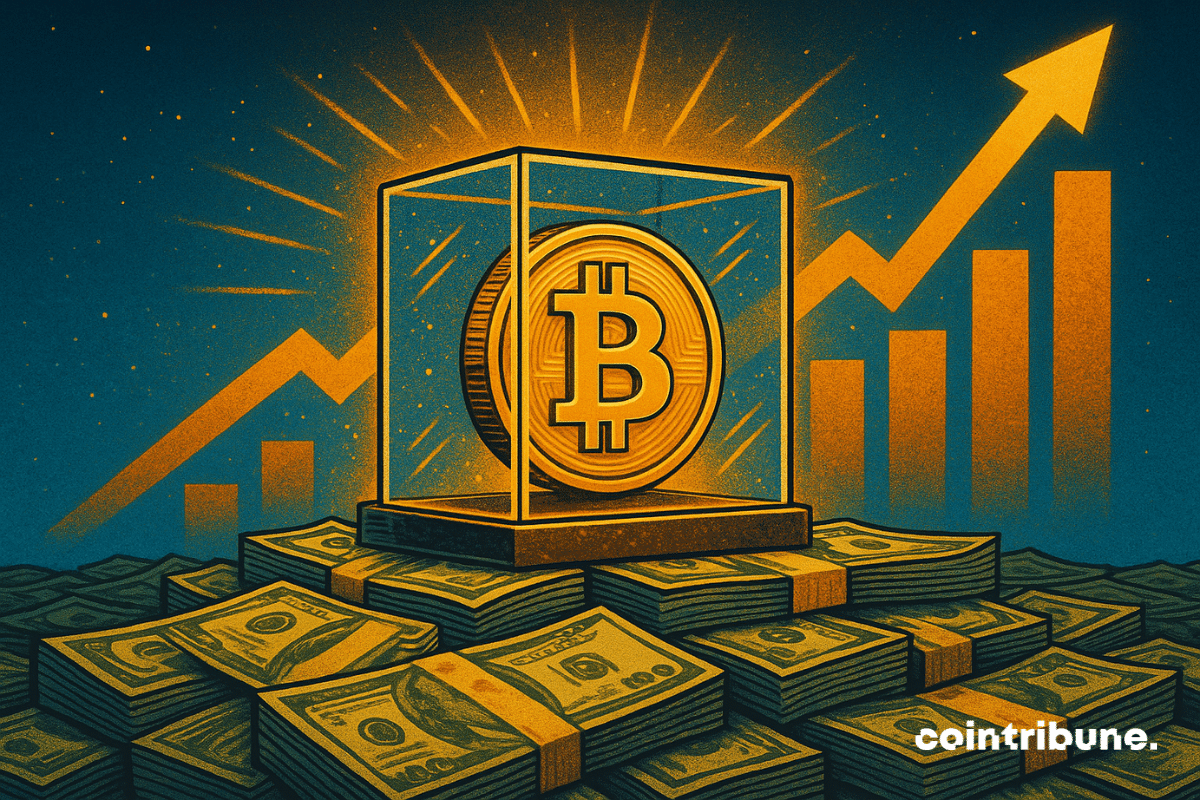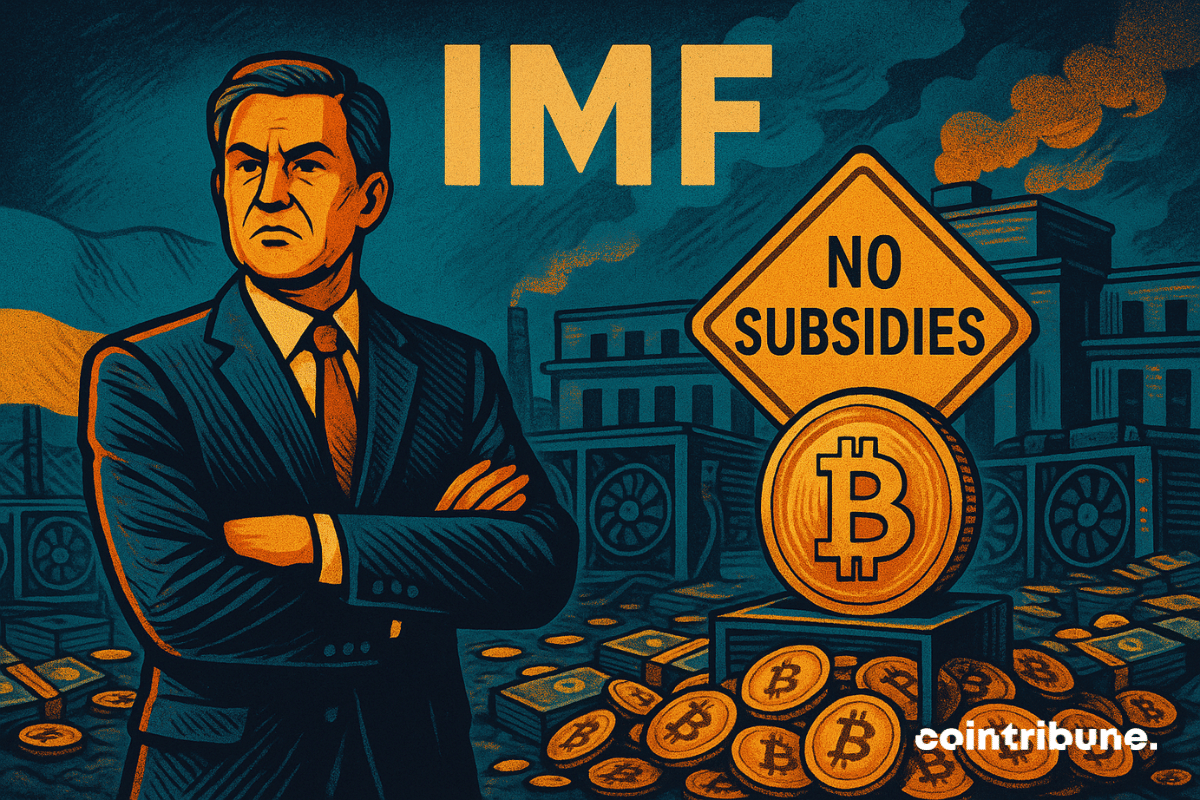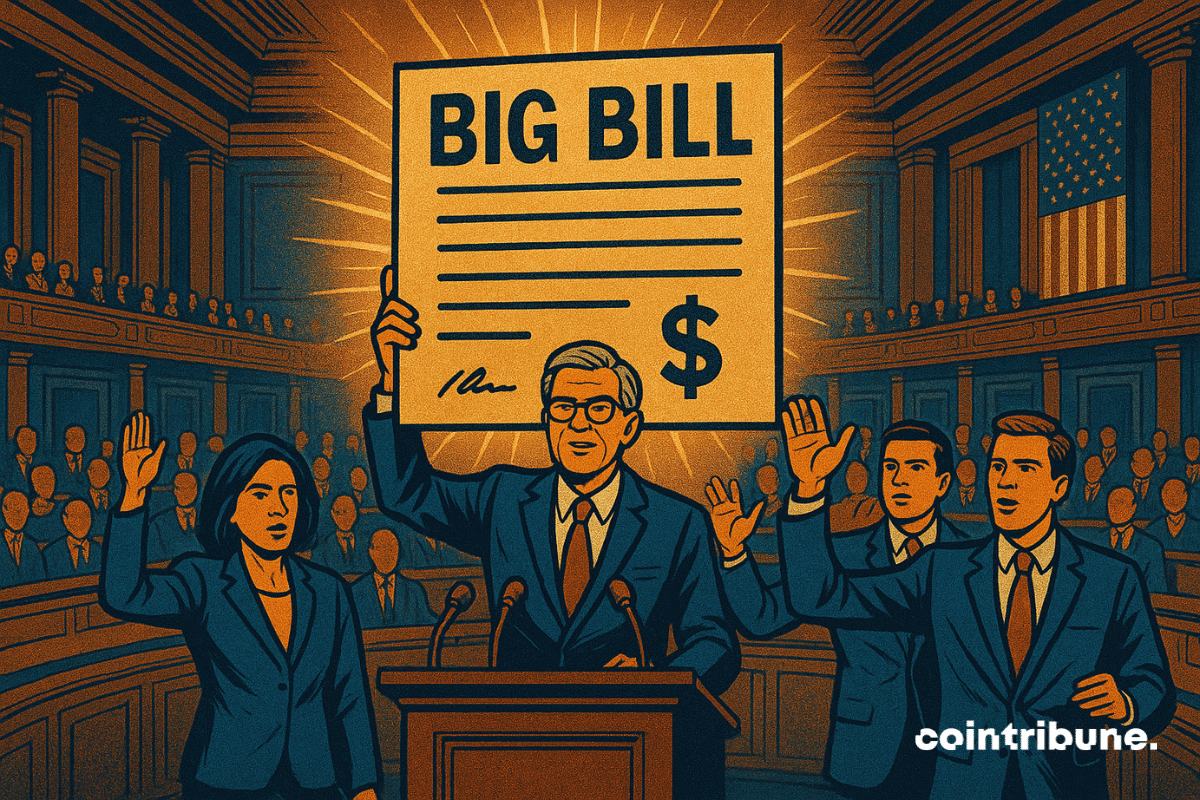The hacker behind the $40 million GMX exploit has begun returning the stolen crypto after accepting a $5 million white hat bounty offered by the GMX team.
Home » Archives for Gijs O. » Page 2
Gijs O.
I've been passionate about crypto for nearly a decade, ever since I was young and first became curious about investing. That early spark led me to years of research, writing, and exploring the future of decentralized tech.
In just a year and a half since the launch of the first U.S. spot Bitcoin ETFs, institutional investors have poured over $50 billion into crypto through regulated financial products. The message is clear: Bitcoin is going mainstream, and it's happening fast.
The crypto market is entering an important phase, with Shiba Inu, Ethereum, and Dogecoin all showing serious volatility. Traders are closely watching these coins as technical patterns hint at potentially explosive price moves, if the right conditions line up.
According to data from Token Terminal, over $6 billion worth of tokenized assets now live on the Ethereum blockchain. That’s not theoretical DeFi liquidity, but real-world funds, from some powerful names in global finance.
Robinhood’s rollout of tokenized shares “linked” to OpenAI set off a large debate last week. A broader discussion in crypto markets about the future of tokenized private equity, and whether retail investors actually want it.
Bitcoin may be trading near all-time highs, but on-chain activity shows very different things. Despite BTC hovering around $109,000, the network’s mempool, the queue of unconfirmed transactions waiting to be included in a block, is almost empty. As of Saturday, fewer than 5,000 transactions were waiting in line. That's dramatically lower than the 150,000+ seen during Bitcoin’s last major run-up in late 2024.
After a promising start to June, Chainlink’s price momentum has slowed significantly. It's to break past the $15 resistance level. Despite a short rally that brought it from $13 to nearly $16, the token has pulled back sharply, dipping as low as $11.20 before recovering slightly.
Solana’s meme coin market is on a tear. A wave of low-cap, community-driven tokens is creating immense volume in the Solana ecosystem. The best performer is $USELESS, a satirical token that’s done anything but live up to its name, with its price rising by over 85% this week and 209% in the past month.
The International Monetary Fund has rejected Pakistan’s proposal to subsidize electricity for crypto mining operations, citing concerns over market distortions and energy infrastructure strain.
A new organization called the Ethereum Community Foundation (ECF) has launched with a clear mandate: support institutional-grade Ethereum infrastructure, drive long-term ETH value, and correct what it sees as strategic missteps by the Ethereum Foundation.
Credit rating giant Moody's just took a big step in blending traditional finance with blockchain and crypto. It launched a pilot program that puts its scores on-chain, starting on the Solana blockchain.
While Bitcoin is flirting with the $110,000 mark, new data shows whale supply has dropped to its lowest point since 2019, signaling a wave of profit-taking that could threaten the rally’s momentum.
On June 17, the U.S. Senate passed the GENIUS Act, short for Guiding and Establishing National Innovation for U.S. Stablecoins Act, by a 68-30 bipartisan vote. If passed by the House and signed by the President, the bill would introduce the first comprehensive federal framework for regulating stablecoins in the United States.
Valeria Fedyakina, a 24-year-old Russian influencer known online as “Bitmama,” has been sentenced to 7 years in a prison colony after running a major crypto scam that stole over $21 million from investors. Russian prosecutors say some of the stolen funds were used to support Ukraine’s military, a claim that adds a geopolitical twist to this case.
The U.S. is facing a serious financial challenge. The national debt is now over $36 trillion, and rising interest rates are making it more expensive to borrow money. Much of the debt that was issued during the COVID-19 era is about to roll over, meaning it needs to be refinanced at today’s much higher rates.














